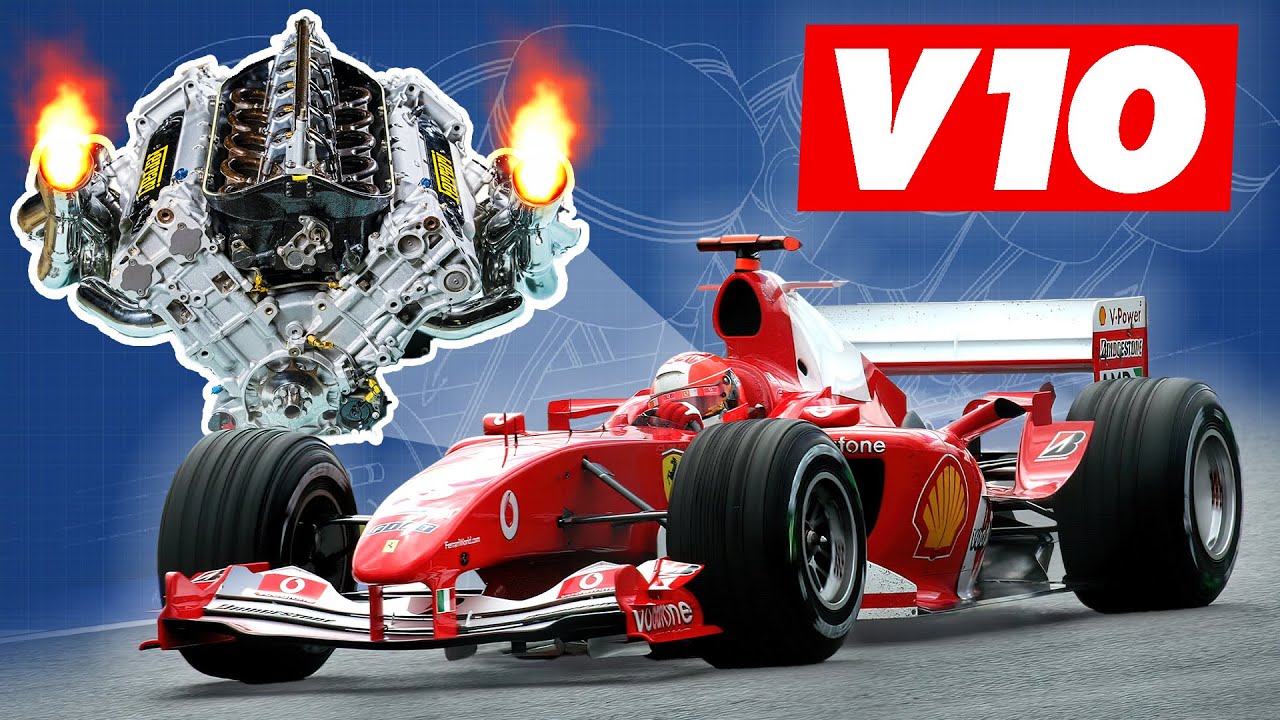Okay, so the other day, I got really curious about just how fast those Formula 1 cars can go. I mean, we all see them zipping around the track, but have you ever wondered about the sheer power under those sleek hoods? I sure did. So, I decided to dig in and find out what makes these machines so incredibly fast, especially when it comes to how high they rev.
First off, I started by watching a bunch of F1 races online. I was just mesmerized by the speed, and I wanted to know more. So, I hit the forums, and let me tell you, there are tons of folks out there just as obsessed with this stuff as I am. I found some interesting discussions, but the one that really caught my eye was about how the engines in these cars are built differently than, say, the engine in my old Honda.
From what I gathered, it’s all about the engine design. F1 engines have a really short stroke, which means the pistons move up and down super fast. This allows the engine to rev way higher than a regular car engine. I also read that the fuel type plays a role, but honestly, that part got a bit technical for me.

Diving Deeper into the Details
I wasn’t satisfied with just the basics, though. I wanted to know the exact numbers. How high do these babies actually rev? After some more digging, I found that F1 cars can rev up to a mind-blowing 15,000 to 18,000 RPM! Can you believe that? That’s like, the highest revving cars in the whole world. It’s insane!
But here’s where it gets even more interesting. Apparently, there are rules in place now that limit how high they can rev. I found out that back in 2006, some engines were hitting over 20,000 RPM. There was even this one engine, the Cosworth CA2006, that was the first to officially break the 20,000 RPM barrier. I found a deep-dive video about it, and wow, the engineering that went into that is just nuts.
- Started by watching F1 races and got curious about the engine’s RPM.
- Hit the forums to find discussions and learn about the engine’s short stroke design.
- Discovered that F1 cars can rev up to 15,000-18,000 RPM.
- Learned about the historical context of engines revving over 20,000 RPM in 2006.
- Found a video detailing the Cosworth CA2006, the first engine to surpass 20,000 RPM.
- Realized the current rules limit the RPM, but the technology is still mind-blowing.
So, after all this research, I realized that while the current rules limit the RPM to around 15,000, the technology behind these engines is still absolutely mind-blowing. It’s amazing to think about the kind of power and speed these cars can generate. I mean, the record top speed for an F1 car is over 246 mph! That’s faster than some small planes! It really puts into perspective just how incredible these machines are. It’s not just about speed; it’s about pushing the limits of what’s possible with engineering and technology.





















